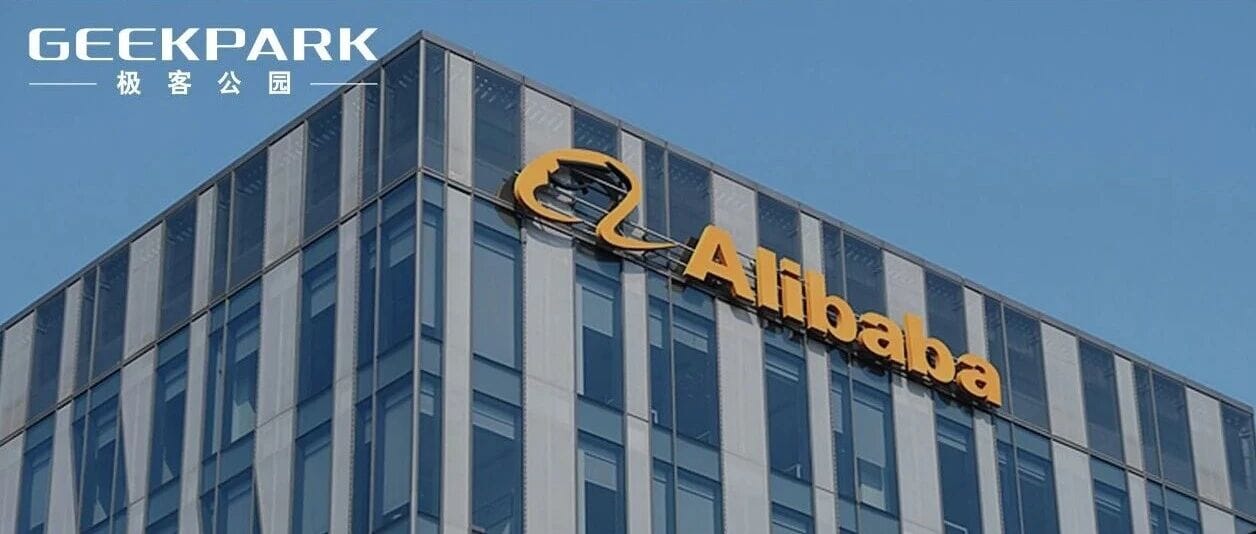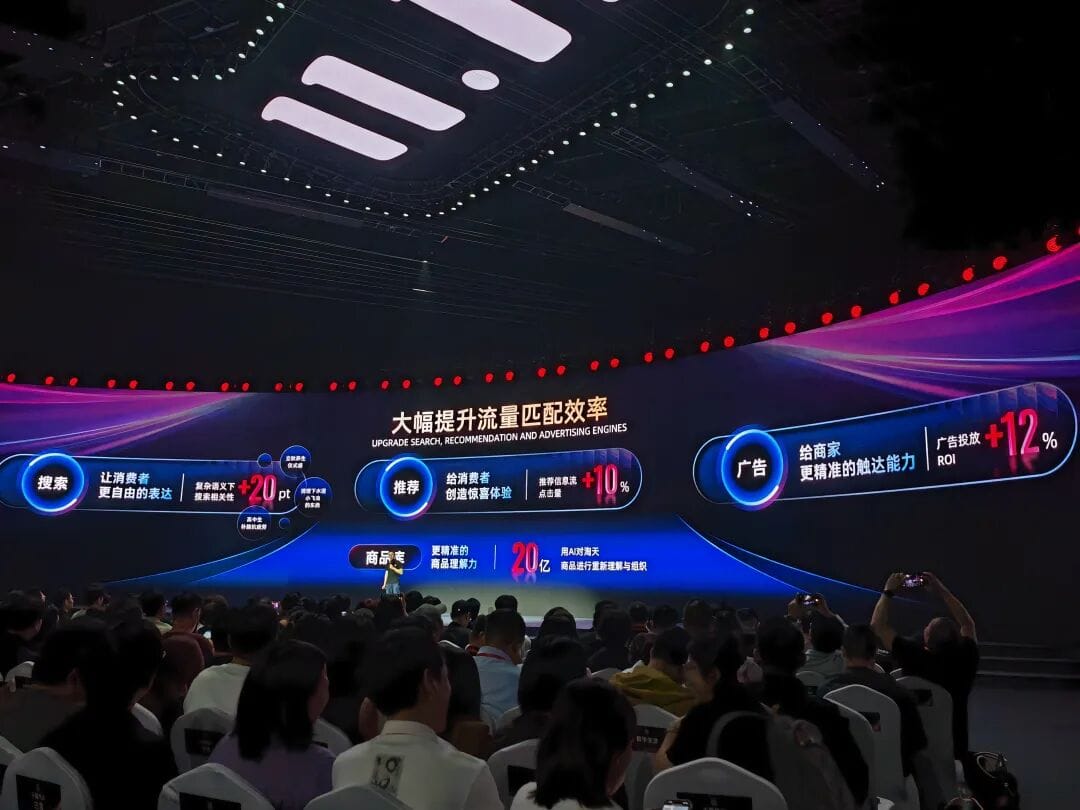Alibaba Finally Gets AI E-Commerce Right

Upcoming Changes in Traffic Allocation and Shopping Methods


Both traffic allocation rules and shopping methods are set to transform. This shift is deeply tied to advances in AI-powered e-commerce.
---
2023 — A Turning Point in Internet Commerce
At the end of 2023, Pinduoduo’s market value briefly surpassed Alibaba’s, signaling a pivotal moment in e-commerce.
This event shook confidence in Alibaba’s e-commerce prospects and triggered internal strategic reflection. Jack Ma publicly emphasized that the next wave would be toward AI e-commerce.
At that time, however, no clear blueprint existed. LatePost reported that Taobao and Tmall had nearly 20 different AI initiative teams, with significant overlap.
---
Breaking the Ambiguity
On October 16, Tmall hosted its “Double Eleven” launch in Shanghai, where Kev, President of Alibaba’s Search & Recommendation Intelligent Products Division, delivered a keynote:
“AI Restructuring E-commerce” — laying out Alibaba’s full AI commerce vision.
Results so far:
- Recommendation accuracy: +25% efficiency boost
- Advertising ROI: +12%
Kev outlined three core pillars of AI e-commerce:
- Improve traffic matching efficiency
- AI Search
- AI Recommendation
- AI Advertising
- → Infrastructure directly driving GMV growth
- Equip merchants with AI operational teams
- AI Design
- AI Marketing
- AI Data Analysis
- AI Customer Service
- → Cost reduction + efficiency improvement
- Deliver new AI-driven shopping experiences
- Snap-to-Search
- AI Help Me Choose
- AI Try-On
- AI Shopping Lists

Kev presenting the three pillars of AI e-commerce|Image credit: GeekPark
---
01 — AI Is Redefining Traffic Rules
In e-commerce, traffic allocation is fundamental — and AI is changing the mechanism.
Starting early 2025, Taobao integrated large language models into Search, Recommendation, and Advertising.
AI Search — Understanding Nuanced Needs
Before AI, search relied on keyword matching.
Complex needs like “something to remove drain flies” rarely matched product titles directly.

Search, Recommendation, Advertisement infrastructure|Image credit: GeekPark
Now, large models interpret intent and emotion.
Example: “volumizing shampoo that doesn’t flatten hair” → precise matches from catalog.
Impact: +20% product relevance in A/B tests.
---
AI Recommendations — From Similar Behavior to Interest Abstraction
Example: Buying a kerosene stove → AI reasons “camping interest”, suggesting outdoor gear, art décor, etc.
CTR: +10%
---
AI Advertising — Precision Targeting
Dynamic bidding and budget optimization boost merchants’ ROI by 12%.
AI Product Catalog Optimization
Generative AI cleans products data, fills gaps, enriches attributes (functions, scenarios, core features).
Implication: Richer product info directly influences exposure.
---
Alibaba isn’t just building an AI e-commerce app — it’s creating an AI-powered e-commerce system of understanding that matches people and products better.
---
02 — AI-Native Without an Extra App
Taobao embeds AI into familiar workflows instead of releasing a separate AI app.
Examples of AI Features (Public Testing)
- PaLiTao (Multimodal Search) — Photo-based product identification
- AI Universal Search — Solves complex scenario needs (e.g., pet-related solutions)
- AI Assistant — Helps filter oversized search results
- AI Try-on — Realistic fit simulation
- AI Shopping List — Conversational list creation without manual browsing
Kev noted: these are practical problem-solving tools designed to build new habits, not just novelty.
---
AI E-commerce — Toward a "System of Understanding"
Kaifu shared striking metrics:
- AI designers create 200M images / month
- AI analytics produce daily merchant operation reports
- AI customer service saves merchants ¥20M/day
All tools are currently free, lowering AI adoption barriers for SMEs and enabling personalized flagship store experiences.
ROI from AI investments now fully covers costs.
---
The Shift in Philosophy
Past decade = traffic-driven e-commerce
Next decade = understanding-driven e-commerce
Recommendation algorithms now move from guessing likes to truly understanding user intent.
---
Question: What do you think of Taobao’s current AI shopping experience?



---
Related Media





---
Broader Implications — Beyond E-commerce
The traffic to understanding shift is echoed in global AI-driven content monetization.
Example: AiToEarn官网 — an open-source global AI monetization ecosystem for creators.
Services include:
- AI Content Generation
- Multi-platform Publishing
- Analytics + Model Ranking
Platforms supported: Douyin, Kwai, WeChat, Bilibili, Xiaohongshu, Facebook, Instagram, LinkedIn, Threads, YouTube, Pinterest, X (Twitter).
Goal: Seamless AI integration into existing workflows — matching Taobao’s embedded AI philosophy.
---
Key Takeaway
AI in e-commerce is evolving from distribution to deep understanding — reshaping search, recommendation, and advertising logic, while embedding tools directly into user journeys for habit-forming convenience.
Creators, merchants, and platforms adapting early to understanding-driven systems will gain competitive edge in the AI commerce era.
---
Do you want me to also create a condensed executive summary version of this article so it’s easy to pitch internally? That would be useful for leadership briefing.



